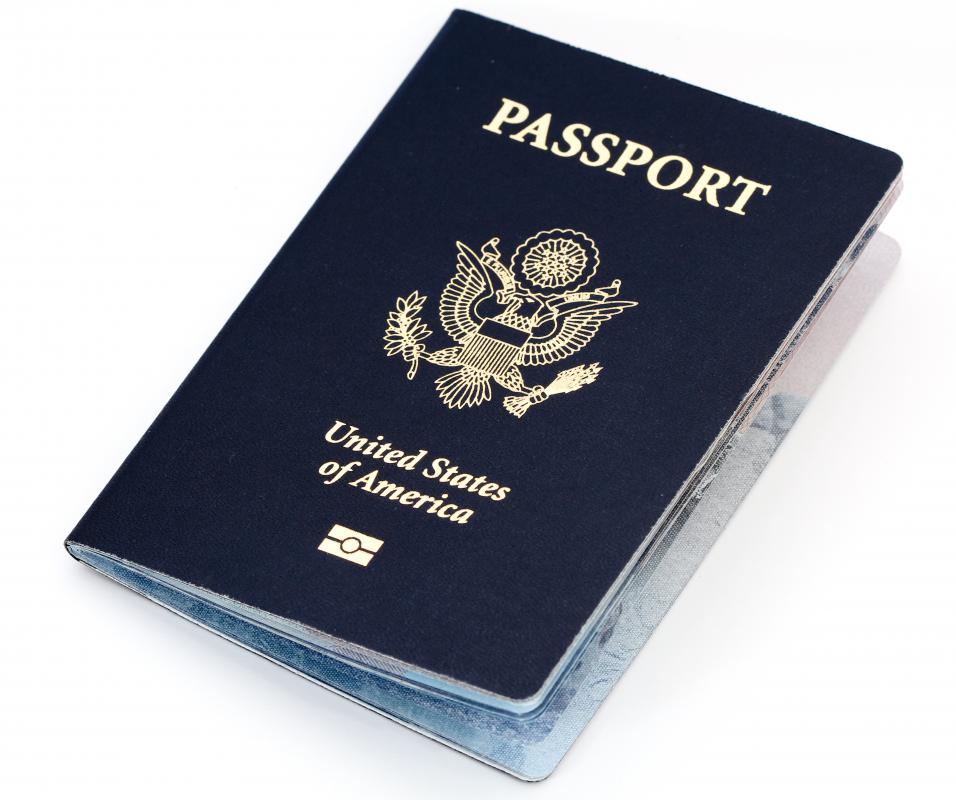At WiseGEEK, we're committed to delivering accurate, trustworthy information. Our expert-authored content is rigorously fact-checked and sourced from credible authorities. Discover how we uphold the highest standards in providing you with reliable knowledge.
What Should I Know About Puerto Rico?
Puerto Rico is a small archipelagic nation in the Caribbean. It covers 3,500 square miles (9,100 sq. km), making it more than three times as large as the state of Rhode Island. The main island is located just east of the Dominican Republic, and just west of the United States Virgin Islands.
Puerto Rico was first settled by Ortoiroid from mainland South America sometime between the 4th and 2nd millennia BCE. By the 3rd century BCE they had been displaced by the Saladoid. The Saladoid remained the dominant power until the Arawaks arrived in the 7th century, ascending until the Taínos gained dominance in the 10th century.

In 1493 Columbus landed on Puerto Rico, establishing a Spanish colony. The Taínos were subjected to brutal conditions for the next two decades, before a system of minor reforms pushed by the Catholic Church granted them some rights. African slaves were introduced to the island soon after, and the Taínos population declined. For the next few centuries a number of other European powers tried to gain control of Puerto Rico from the Spanish. Although none would successfully overcome the Spanish, a number would cause substantial damage to the young colony.

Beginning in the early 19th century, during a period of Spanish opposition to the Napoleonic Empire, Puerto Rico was given more rights as a territory. Puerto Ricans were given a limited citizenship under Spanish law, and a great deal more representation. Puerto Rico then became a free port, with innovative economic policies to encourage trade. This was relatively short-lived however, and upon Napoleon’s defeat Spain reasserted its absolute power over Puerto Rico. In those decades, however, the demographics of Puerto Rico changed considerably, and the brief taste of greater autonomy would stick with the territory.

In the late 19th century, a widespread independence movement swept Puerto Rico, with a number of revolts and protests taking place throughout the territory. By the close of the 19th century the territory had gained a great deal of autonomy, being granted an independent government under Spain. Elections were held in 1898, and an autonomous government took power.
Later that year, following assistance from the Revolutionary Party in Puerto Rico, the United States invaded. They were largely unopposed, and by the end of the year Spain had ceded Puerto Rico, along with Guam and the Philippines, to the United States. For the next two years the United States held Puerto Rico under a military government, implementing a number of governmental reforms to bring the region’s policies more in line with those of the United States. A civil government was created in 1900, and multiple political groups sprang up.
In 1916 US citizenship was granted to all Puerto Ricans, and the region was designated an unincorporated territory. In 1950 Puerto Rico was declared a Commonwealth and allowed for Puerto Rico to create its own Constitution. That year, in response to a perceived abandonment of the Puerto Rican government of an agenda of independence, violence broke out. Puerto Rican nationalists attempted to assassinate US President Truman at this time, but this violence died down relatively soon after.
Puerto Rico is an obvious destination choice for Americans who want to travel, but don’t want to worry about visas and passports. As a Commonwealth of the United States, US citizens can easily enter the region and stay there. Puerto Rico has amazing beaches, beautiful undeveloped coastline, and some amazing natural features. The Río Camuy Cave Park is one the island’s premiere destinations, with some strange geologic formations. El Yunque reserve is the only tropical forest in the US, and as such is a major draw for many people. The city of San Juan also offers a great mix of eclectic architecture and modern amenities, ensuring there’s something for everyone who chooses to stay in the city.
San Juan is the premiere hub in the Caribbean, so flights come in from every major airport in the world multiple times a day. Small island hopping flights also connect Puerto Rico to other Caribbean islands. And ferries connect Puerto Rico to the US Virgin Islands, which US citizens can also visit without a passport.
AS FEATURED ON:
AS FEATURED ON:













Discussion Comments
Where it says "They were largely unopposed," it should also say that a military historian named a Pentagon historian and who was a Naval historian, explained in 1998 how the battle of Asomante stopped the United States invasion in the battle. Also it should be added how Spain stopped the war and not the forces in Puerto Rico that defended her.
Investigate the number of approximately more than a couple hundred Puerto Ricans and investigate how they stopped an approximate force of thousands of U.S. troops in the Asomante battle.
It should also say how the United States naval forces bombarded San Juan city, the capital city of an autonomous state (Puerto Rico), a state that never made war against the United States and that, like any other city, had a civil population. Please investigate Puerto Rican history and correct.
Where it says "following assistance from the Revolutionary Party in Puerto Rico, the United States invaded", it should also say Julio Henna of the Revolutionary Party (who, by the way, was in New York) initially assisted President McKinley, but eventually Henna was discarded, probably because of the intentions of using Puerto Rico as a colony.
It is important to add that it was the president's promise to give a plebiscite after the invasion, which has never happened to this day. Please correct.
Post your comments